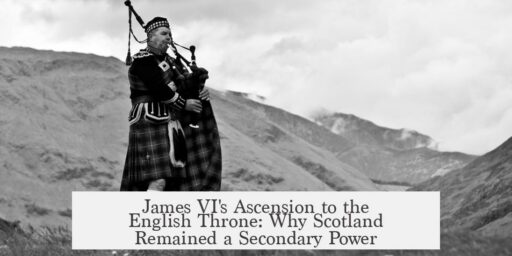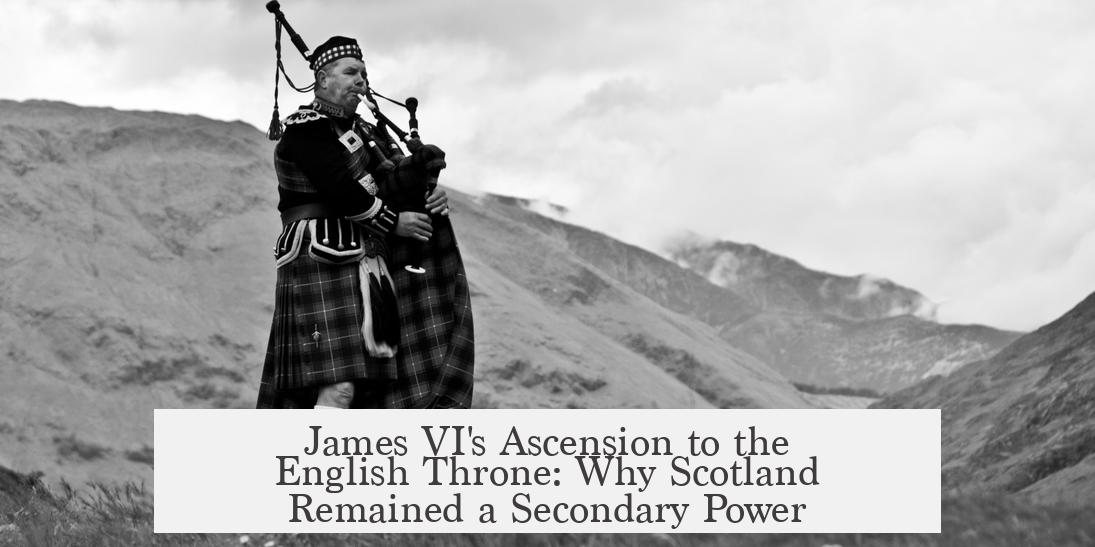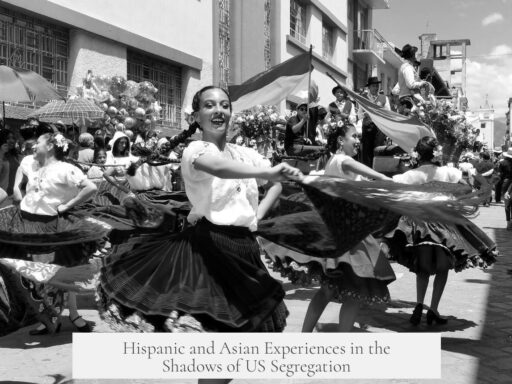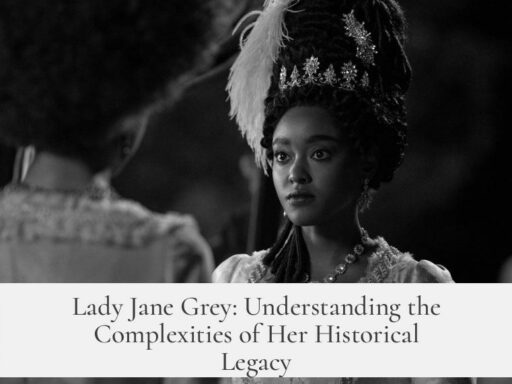When James VI of Scotland became James I of England in 1603, it created a personal union that united the crowns but did not merge the two kingdoms into one political entity. Despite a Scottish monarch sitting on the English throne, Scotland did not become the leading nation in the union due to deep asymmetries in power, political structures, and historical circumstances.
The change in monarchy in 1603 established a personal union. James ruled both Scotland and England as separate sovereign kingdoms. Each retained its own parliament, legal system, taxation methods, and religious institutions. The only shared element was the monarch himself. There was no formal political union or unification of state machinery at this time.
James aspired to create a closer union under a single “King of Great Britain” but faced strong resistance, especially from the English Parliament and ruling elite. They feared the rise of Scottish influence and rejected his proposals for a common currency and harmonized laws. This resistance emphasized the limits of James’s power and the unwillingness of England’s elites to be governed in a way that elevated Scotland.
Fundamental differences in size and wealth helped determine the power balance. England’s population was roughly five times larger than Scotland’s. England’s taxable wealth exceeded Scotland’s by up to forty times. England had developed a centralized and efficient state apparatus during the Tudor period. It had a sophisticated bureaucracy, a powerful Parliament, and a global capital city in London.
By contrast, Scotland was still consolidating royal power. The monarchy negotiated authority with powerful clan leaders in the Highlands and Borders. Edinburgh, though a regional center, lacked London’s economic and political influence. Scotland’s institutions were generally weaker, and the crown’s direct control over the territory was less secure.
James understood he needed English political buy-in to govern successfully. He sought to win over English elites and avoided alienating the Parliament that controlled taxation and royal finances. While James brought some Scots to the English court, his attempts to elevate them sparked hostility. Negative stereotypes portrayed Scots as poor opportunists living off English resources. Ultimately, political realities forced James to conform largely to English laws, customs, and governance styles.
James delegated much Scottish governance to local councils and spent most of his reign in England. This decision reflected practical necessities: Scotland lacked the resources to administer both kingdoms effectively from its territory. Attempts to centralize authority in Scotland risked alienating both English elites and Scottish nobles who held local power.
The full political union between England and Scotland did not occur until 1707, over a century after James’s accession to the English throne. By then, Scotland was economically weakened, especially after the disastrous Darien Scheme. Union with England then offered Scottish elites access to markets and military protection.
However, even after the Acts of Union, England dominated the new state. The British Parliament convened in Westminster, followed English legal procedures, and operated under English political culture. Scotland retained some distinct institutions—its church and legal system—but was a junior partner in the new union.
The survival and influence of the Stuart monarchy rested on James’s political skill to navigate English systems rather than on any military or institutional dominance by Scotland. The union took shape under English terms, reflecting England’s greater power and wealth.
- The 1603 union was personal, not political, uniting crowns but not states.
- England’s larger population, wealth, and state apparatus overshadowed Scotland.
- English Parliament and elites resisted Scottish political dominance.
- James adapted to English governance, limiting Scottish influence in England.
- The 1707 full union reflected Scottish vulnerability, not dominance.
- Post-union Britain operated largely on English legal and political frameworks.
When James VI Became James I: Why Scotland Didn’t Take the Lead in the Union
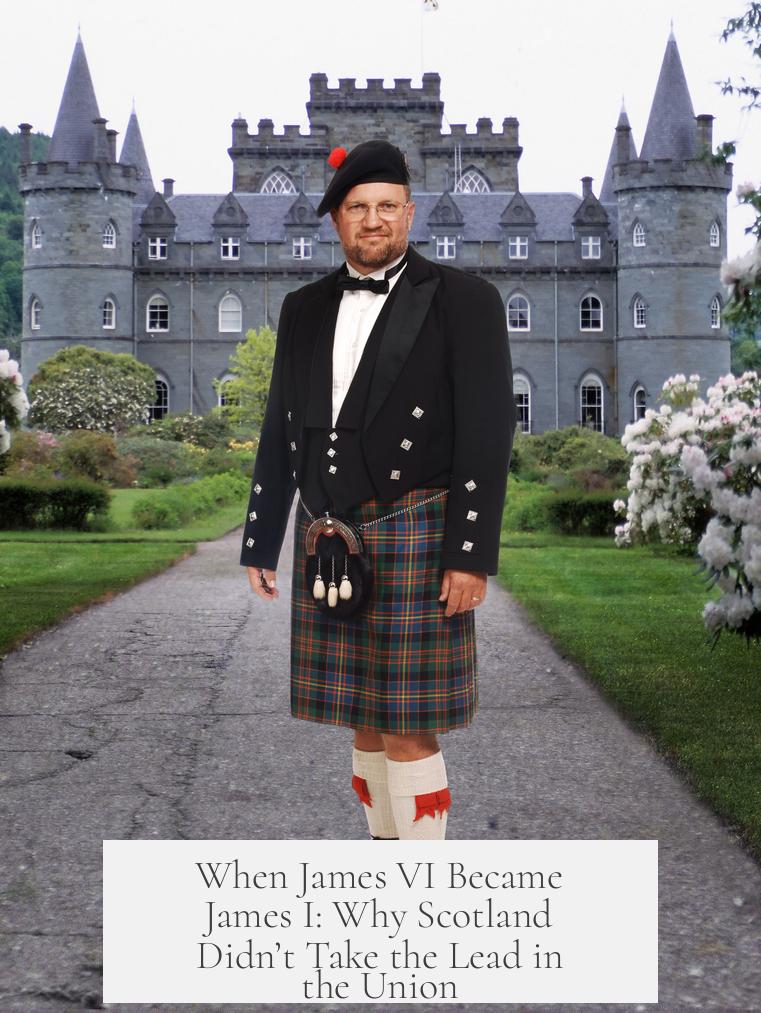
So, here’s the kicker: When James VI of Scotland became James I of England in 1603, it looked like Scottish monarchs had just pulled off the ultimate power move — “conquering” the English throne. But did Scotland suddenly become the head honcho of the British Isles? Not quite. It didn’t lead to Scotland becoming the leading nation in the union. Let’s unpack why that happened.
The short answer? James’s kingship formed a personal union of the two crowns, not a full political merger. Scotland and England remained separate kingdoms with separate systems, and a whole host of factors kept England in the dominant driver’s seat.
The Personal Union That Wasn’t Political
Picture this: one person wearing two crowns, but each kingdom still running its own show. That’s exactly what the 1603 union was.
James VI, already King of Scotland, inherited the English crown as James I. But despite his grand hopes and the cool new title “King of Great Britain,” it was all about him personally ruling two separate kingdoms, not merging them politically. The two countries kept their own parliaments, taxation systems, legal codes, and—importantly—their churches.
James pushed for a tighter union. He dreamed of one currency, one legal system, and a harmonized kingdom. But hold your horses! The English Parliament was majorly wary and said, “Hold on, king. That’s not happening.” Fear of Scottish dominance brewed strongly among the English elites, who were protective of their country’s identity and wealth.
England’s Powerhouse versus Scotland’s Provincial Status
The English monarchy had the muscle. Not just in terms of the crown, but economically and politically. England was bigger, richer, and way more powerful. At times, estimates showed England had five times Scotland’s population and as much as forty times the taxable wealth. Imagine Scotland trying to muscle in on a bank account like that!
England wasn’t just wealthy. England built a highly effective government bureaucracy during the Tudor era. They had a slick tax system and a parliamentary body that actively shaped governance. London was a bustling global hub, a center of commerce and power. Meanwhile, Edinburgh, Scotland’s capital, was a provincial city in comparison.
Meanwhile, the Scottish crown still wrestled with powerful local lords, especially in the Highlands and Borders. Those clans weren’t exactly taking orders from James without some negotiation.
James’s Balancing Act: Adaptation, Not Domination
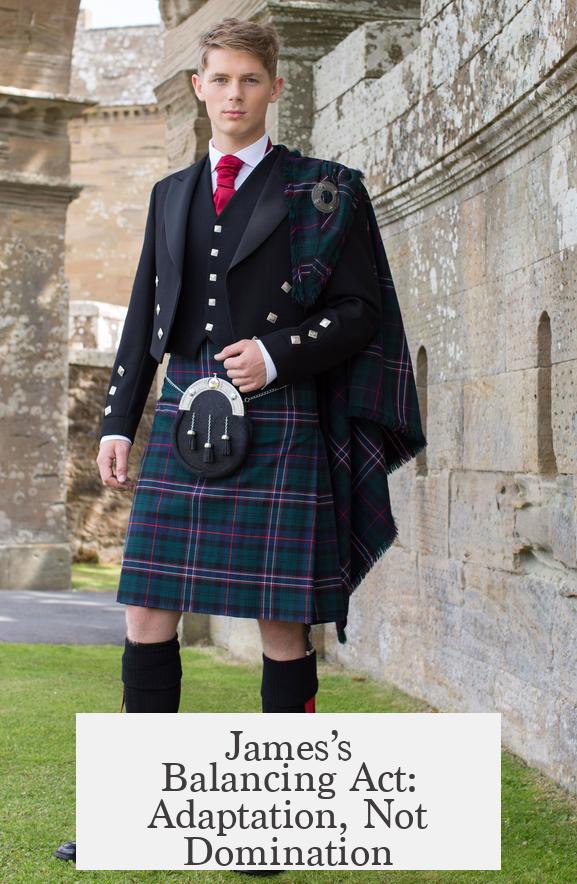
When James moved south, he knew survival wasn’t about banging down doors with a Scottish army. Instead, he had to win over the English elite. His initial entourage included many Scots rewarded with titles and pensions, but England wasn’t having it. The English saw them as freeloaders, stereotyped as “beggarly Scots living on English revenues.”
More critically, James understood who held the financial purse strings. The English Parliament controlled royal funds—unlike in Scotland, where the king lived off income from his estates. Alienating Parliament meant handing over his reign on a silver platter.
English political culture was rooted in the king’s rule according to established laws and customs. Any sign of a “foreign king” shaking things up with radical reforms met stiff resistance.
So, James delegated Scottish governance to the Privy Council, staying mostly in England except for a brief 1617 visit. This wasn’t betrayal—it was pragmatism. Scotland’s crown simply didn’t have the infrastructure to govern both kingdoms effectively from the north.
Trying to centralize authority in Scotland or boost its role risked alienating both English elites and Scottish nobility. So James zeroed in on “acting like an English king,” which solidified his reign but kept Scotland in the shadows.
After James: Turbulence and English Dominance
James’s son, Charles I, took a different tack, which didn’t go well. He tried to impose religious uniformity and ruled without Parliament. This spark ignited the Wars of the Three Kingdoms, a complex and brutal conflict.
After monarchy restoration with Charles II in 1660, English political norms set the terms again. Scotland was still trailing in political influence.
The 1707 Act of Union: Scotland’s Economic Vulnerability, Not Triumph
The political union of England and Scotland didn’t happen on Scotland’s terms but out of necessity. The catastrophe of the Darien Scheme, a failed colonial venture that bankrupted many Scottish investors, left Scotland economically weakened and politically exposed.
Union with England opened doors to imperial markets and English military protection. It was a lifeline but came with a price.
The Parliament of Great Britain met in Westminster, followed English legal and political norms, and established England’s dominance. Scotland kept its church and legal system but was otherwise the junior partner.
What Does This All Mean?

Dynastic prestige can put a crown on your head, but real power comes from institutions, cooperation among elites, and structural advantages. James VI inherited the English crown, but he didn’t inherit England’s state institutions nor could he reshape them in Scotland’s image.
His real success was adapting to English political realities—not conquering or transforming England. The monarchy’s survival under the Stuarts was a testament to this political skill, but it always operated under England’s terms.
What Can We Learn Here?
- Titles alone don’t make you the boss. Even if you wear two crowns, power depends on institutions and the money holders.
- Power depends on elites. Alienate influential groups, and you risk your kingdom sliding apart.
- Economic strength matters. Scotland’s smaller population and economy made it hard to rival England’s influence.
- Pragmatism beats idealism. James’s approach of acting like an English king shows the importance of adapting to realities over chasing dreams.
- Political culture shapes outcomes. England’s legal traditions and Parliament essentially set the rules of engagement.
So next time someone says James “conquered” England, remember it’s a royal headcount, not a political takeover. Scotland’s ambitions were curbed by power imbalances, institutional inertia, and political realities. It was a union, yes. But a union where Scotland never quite called the shots.
“It’s not about who wears the crown, but who controls the kingdom.” — Chronicles of the British Isles
Curious how unions work today? Looking for historical parallels? Understanding James’s reign shows us how power depends on more than just royal lineage—it’s about savvy, institutions, and adapting to your political environment.
Why didn’t James VI’s succession to the English throne make Scotland the leading nation in the union?
The union of 1603 was personal, not political. England and Scotland remained separate states with distinct laws and institutions. James ruled both but did not unify their governments or merge their systems.
How did England’s larger size and resources affect Scotland’s position after 1603?
England was much larger and richer, with five times the population and a stronger state system. Its robust political and economic structures kept it dominant, limiting Scotland’s influence despite the shared monarch.
Why did James I focus on adapting to English politics rather than advancing Scottish power?
James needed English elites’ support to maintain his rule. Attempts to promote Scots or impose changes met resistance. He acted as an English king and left Scotland’s governance largely to local authorities.
What role did the English Parliament play in preventing Scotland from becoming dominant?
English Parliament controlled royal finances and governance. It resisted increased Scottish influence and any attempts to centralize power in Scotland, forcing James to accommodate English political traditions.
How did the 1707 Act of Union reflect Scotland’s position in the union?
The full union happened when Scotland was weakened economically and politically. The new Parliament sat in Westminster and followed English norms, making Scotland the junior partner with limited influence despite legal and religious autonomy.
